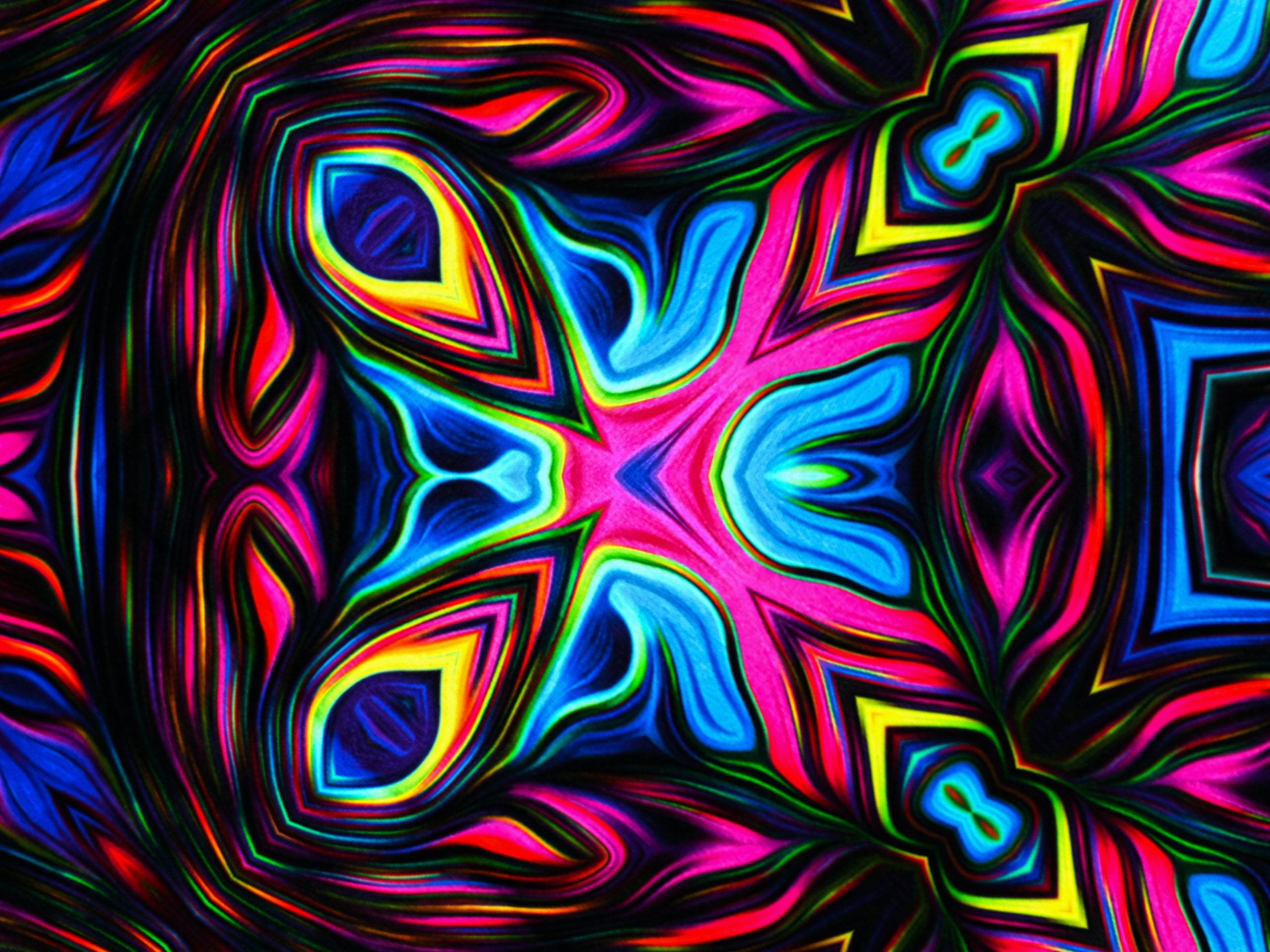Painting from prehistoric times survive on the walls of caves in many parts of the world. A large number of the images depicted served a magical purpose, attracting good luck through the medium sympathetic magic, the process whereby imitating art action cause to happen in reality.
The first personal decoration was the painting of the body with earth pigments to provide magical protection, denote status or to enhance personal beauty. Tattooing is an extension of this process. Similar designs could be applied to hide or cloth with fingers, sticks or knives. To this day, textiles that serve a particularly esoteric purpose, like the hunting cloths of Herat in Afghanistan or the ceremonial initiation shirts of the Pro men’s society of the Cote d’lvoire, are painted by hand by choice because the high concentration required focuses the life force or thaumaturgic energy and endows the textile with power of its own.
Earth Pigments
The colouring agent most readily available to primitive peoples was mud. By selection mud from different sources and mixing it with a variety of substances, a subtle range of shades of black, red, yellow, brown and white could be made. One of the strongest earth pigments is ochre, prized to this day by the Masai of Kenya for the rich red it yields which they use to colour their garments, hair and bodies. Earth pigments, such as umber, sienna and ochre, are also still used in the manufacture of paint for artists and decorators.
Technique
The first application of pigment to cloth was most probably by hand, and then in progressive order with stick, a chewed stick and animal hairs attached to stick to form a brush. All these implements could be used to create a flowing linear pattern. Alternatively, a design could be created by printing onto the cloth with an object such as shell, stick or hand dipped into pigment. From these primitive origins it did not take man long to make a stamp from clay, wood or metal, shaped to any particular design that took his fancy.
DAUBED TEXTİLES
Just as prehistoric peoples painted their magical images on the rock walls and caves of every continent, they painted the skins and hides that they wore.
Native American Hide Paintings
On the prairies of North America, until late in the 19th century, the Plains Indians continued to record and adventures of their lives, as well as their magical visions, on the buffalo-hide robes they wore and on the covers of the tipis in which they lived. The humble medium they used was pigment derived mainly from the earth and the rocks applied with a stylus of bone or wood. The final painting was often protected with size made from boiled horn, hide scrapings or cactus juice.

A painted rawhide pouch acquired at the Sioux reservation at Pine in South Dakota, Nort America.
Although the Native Americans of the Plains were adept at decorating clothing and equipment with beads or quillwork, like the artists of many other cultures, when decoration took on a magical significance, they preferred to paint the motifs directly by hand. The Ghost Dance shirts worn in the 1880s and 1890s, hand painted with motifs of birds, animals and stars, were believed to render the wearer bulletproof.

A tapa bark cloth from Tonga. A brush, made by sharpening the dried key of a pandanus fruit, is sometimes used to paint patterns with pigment made from the bark of the koka tree, Bischovia javanica.
Bogolanfini mud clothes
One of the most striking of all daubed textiles are the bogolanfini mud clothes of Mali. These are decorated with geometric patterns in white on a black background-the result of painting previously dyed cloth with river mud, applied with a bamboo splint or metal spatula, and bleaching colour from the exposed, unpainted areas with a solution of caustic soda, peanuts and millet. Mud cloth is traditionally worn as ceremonial costume at rites of passage.

The dense application of mud on this Bamana mud cloth from Mali results in an intricate negative pattern of exposed, bleached areas.
Other daubed textiles
Members of the Senufo’s Poro men’s society of the Cote d’lvoire wear daubed clothes for ceremonial dress which are decorated with crocodiles, turtles, snakes and masked figures. The designs are drawn out with a green paint made from leaves and with mud applied with the edge of a knife. Some of the bark tapa clothes of Tonga are also decorated by daubing on the patterns freehand.


